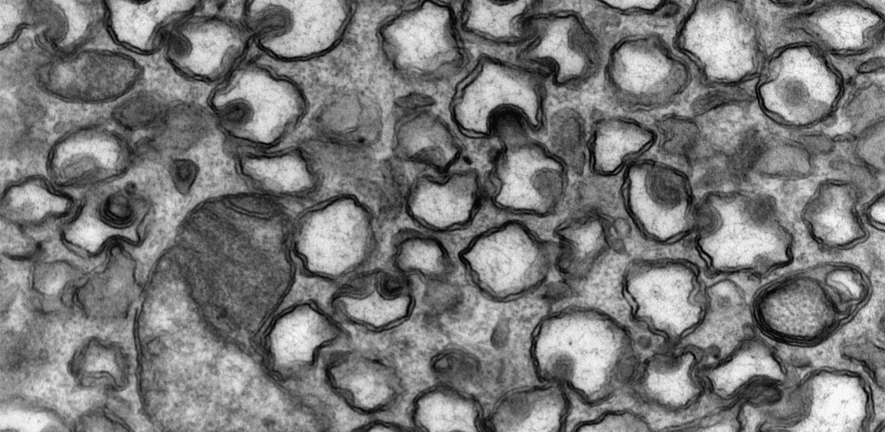
Submitted by Livia Harriman on Fri, 13/10/2023 - 11:14
A new study demonstrates that SARS-CoV-2 undergoes viral restriction by tetherin
Since it was identified in 2019, SARS-CoV-2 has displayed voracious transmissibility which has resulted in the rapid spread of the virus and a global pandemic.
SARS-CoV-2 is a member of the Coronaviridae family whose members are encapsulated by a host-derived protective membrane. Whilst the membrane encasing enveloped viruses may provide some protection for the virus, it also provides an opportunity for the host cell to retain the virus and stop it from spreading. The anti-viral restriction factor, tetherin, acts to crosslink viruses to the surface of infected cells and prevent their spread to uninfected cells.
Here, we demonstrate that SARS-CoV-2 undergoes viral restriction by tetherin and that SARS-CoV-2 moves tetherin away from the site of Coronavirus budding to enhance its ability to escape and infect naïve cells. Tetherin depletion from cells enhanced SARS-CoV-2 viral release and increased propagation of the virus. We found that the SARS-CoV-2 protein, ORF3a, redirects tetherin away from biosynthetic organelles where tetherin would become incorporated to newly forming SARS-CoV-2 virions – and instead localises tetherin to late endocytic organelles.
We also found that SARS-CoV-2 Spike downregulates tetherin. These two mechanisms, in addition to the well-described antagonism of interferon and subsequent ISGs, highlight the multiple mechanisms by which SARS-CoV-2 abrogates tetherin function. Our study provides new insights into how SARS-CoV-2 subverts human antiviral responses and escapes from infected cells.
Read the new paper: Tetherin antagonism by SARS-CoV-2 ORF3a and spike protein enhances virus release by Hazel Stewart, Roberta Palmulli, Kristoffer H Johansen, Naomi McGovern, Ola M Shehata, George W Carnell, Hannah K Jackson, Jin S Lee, Jonathan C Brown, Thomas Burgoyne, Jonathan L Heeney, Klaus Okkenhaug, Andrew E Firth, Andrew A Peden, James R Edgar in EMBO Reports (2023)e57224 https://doi.org/10.15252/embr.202357224

